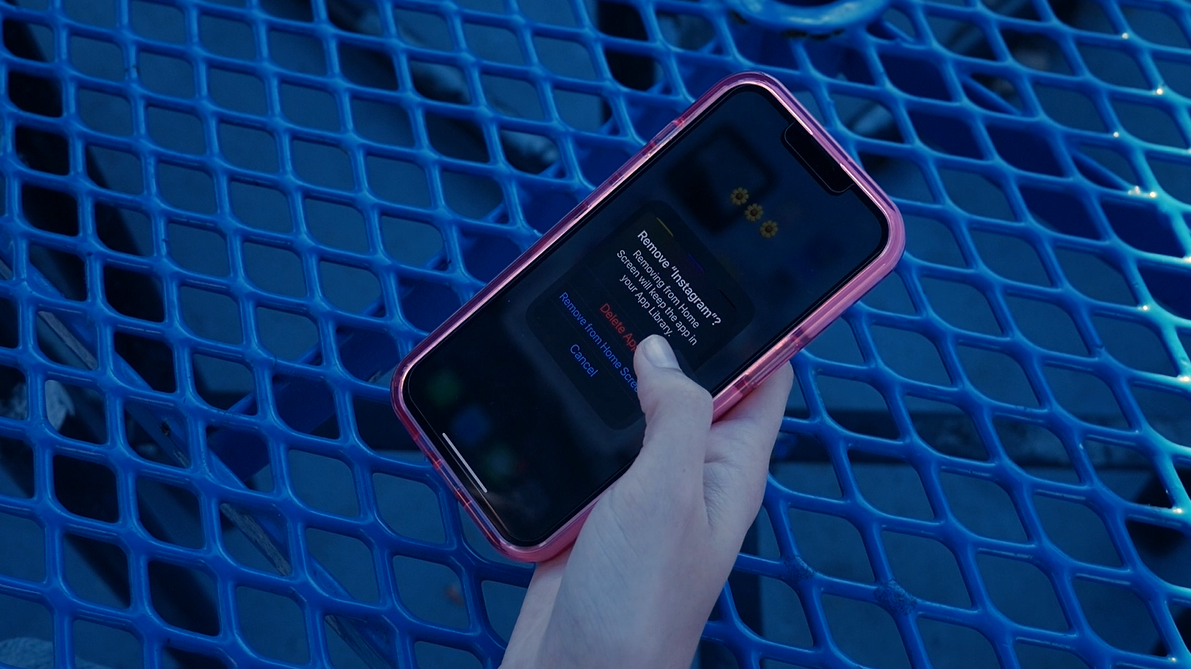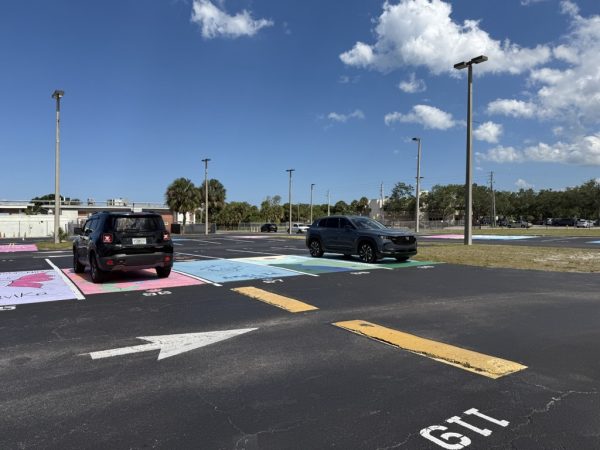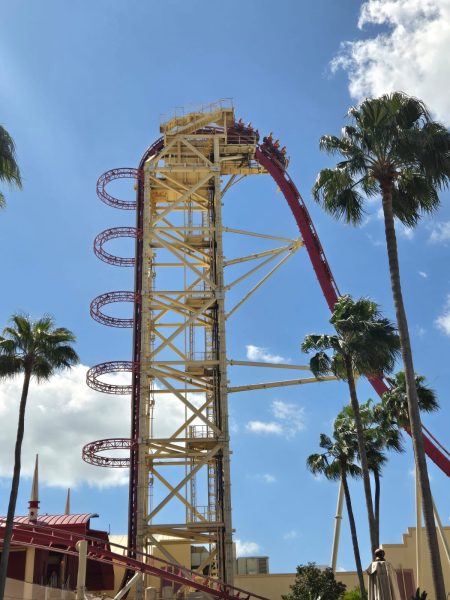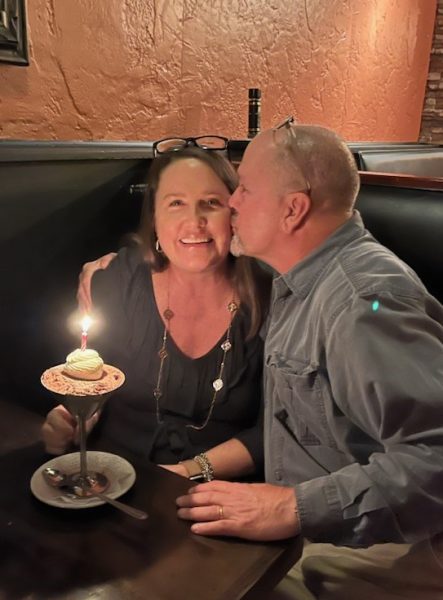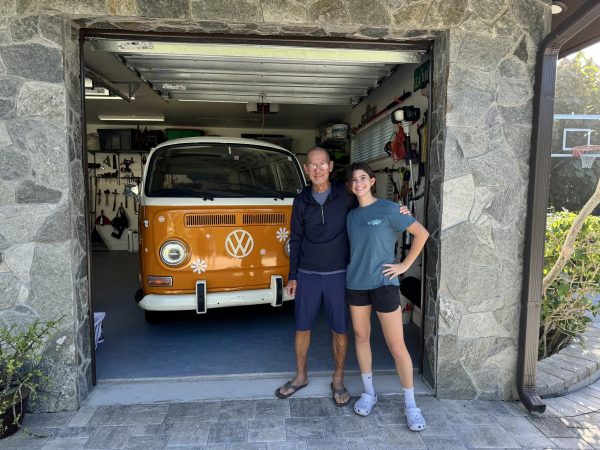Anatomy students learn about eyes
Dr. Ralph Paylor, a Melbourne ophthalmologist, recently gave a presentation to Sherie Jenkins’ sixth- and seventh-period anatomy classes.
“The students had a chance to read about the eye in the textbook and look at photographs in the textbook,” Jenkins said. “Then Dr. Paylor, an ophthalmologist whose daughter is a student here, came in and spoke to the class and showed them actual photographs of human eyeballs. He showed them surgery of cataracts being removed and then replaced, and he talked about diseases of the eye.”
Paylor is the father of senior Jacqueline Paylor.
“It was a long and difficult journey to become an ophthalmologist, but I am glad I became one,” he said. “It is a rewarding career.”
Dr. Paylor showed the classes a video of a cataract surgery, and Jacqueline explained why the surgery must be conducted while the patient is awake.
“The patient has to be awake during the surgery because their eyes must remain open and held still,” she said. “If the patient were to be put to sleep and then had their eyes opened, their eyes would move around. The eye must be held still because if the eye moves, the patient may be injured and surgical complications may arise, compromising the patient’s vision.”
That aspect of the procedure surprised senior Sara Porhammer.
“It was cool to see how Dr.Paylor did the whole taking out the lens and then he put a new one in and that was just like ‘you can do that while the person’s awake; what?’” she said. “It was overall a really cool experience, and I enjoyed it.”
Senior Nazish Mirza said the presentation proved effective.
“I thought it was informative and you actually got an insight on what ophthalmology is about, which I think it was useful for us seniors because we saw what that job is like,” she said.
The anatomy classes dissected sheeps eyeballs a week later.
“My favorite part of the eyeball dissection was breaking through the cornea and squeezing the fluid out,” senior Nicole Topp said. “It was cool because the cornea is actually a lot more tough than I thought. It is definitely something I would do again.”
Senior Cheney Hess said the experience helped her see the bigger picture.
“My favorite part of the eyeball dissection was seeing how all the parts we learned about come together,” she said. “The eyeball is super-amazing and much tougher than I expected. The most important thing this lab did for me was help make the connection from classroom learning to real-life functionality and even how it applies to my own body.”
Porhammer agreed.
“I thought it was a really good experience,” she said. “It allowed you to actually like see in depth in the eye and get your hands on experience because when you’re looking at the eyeball you’re like ‘I am seeing an eyeball with my eye, how does that [work]?’ But then you get to actually dissect one and then you’re like ‘Oh, that’s how this all works.’”









































